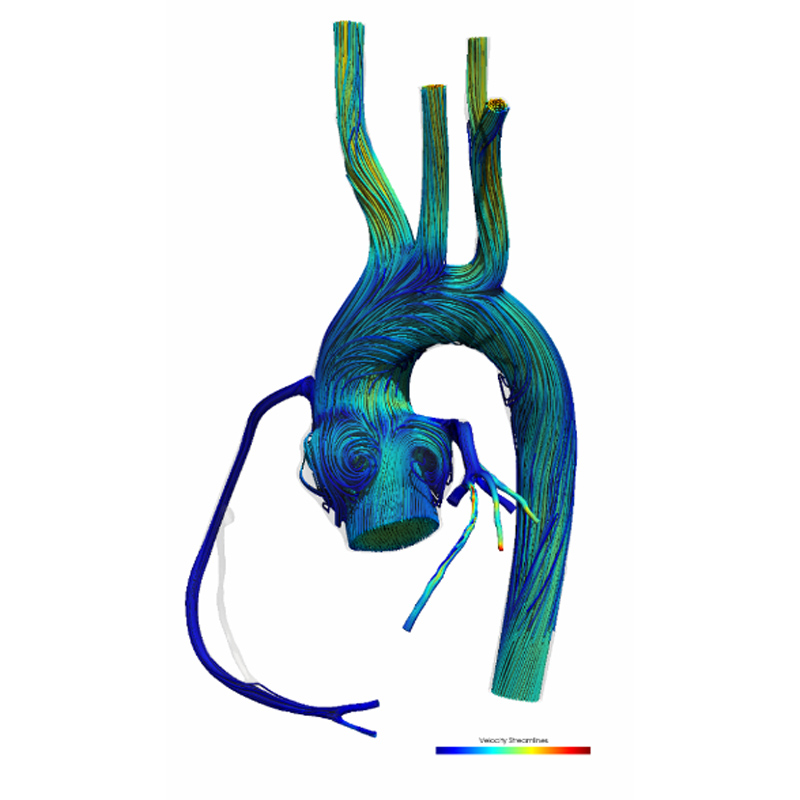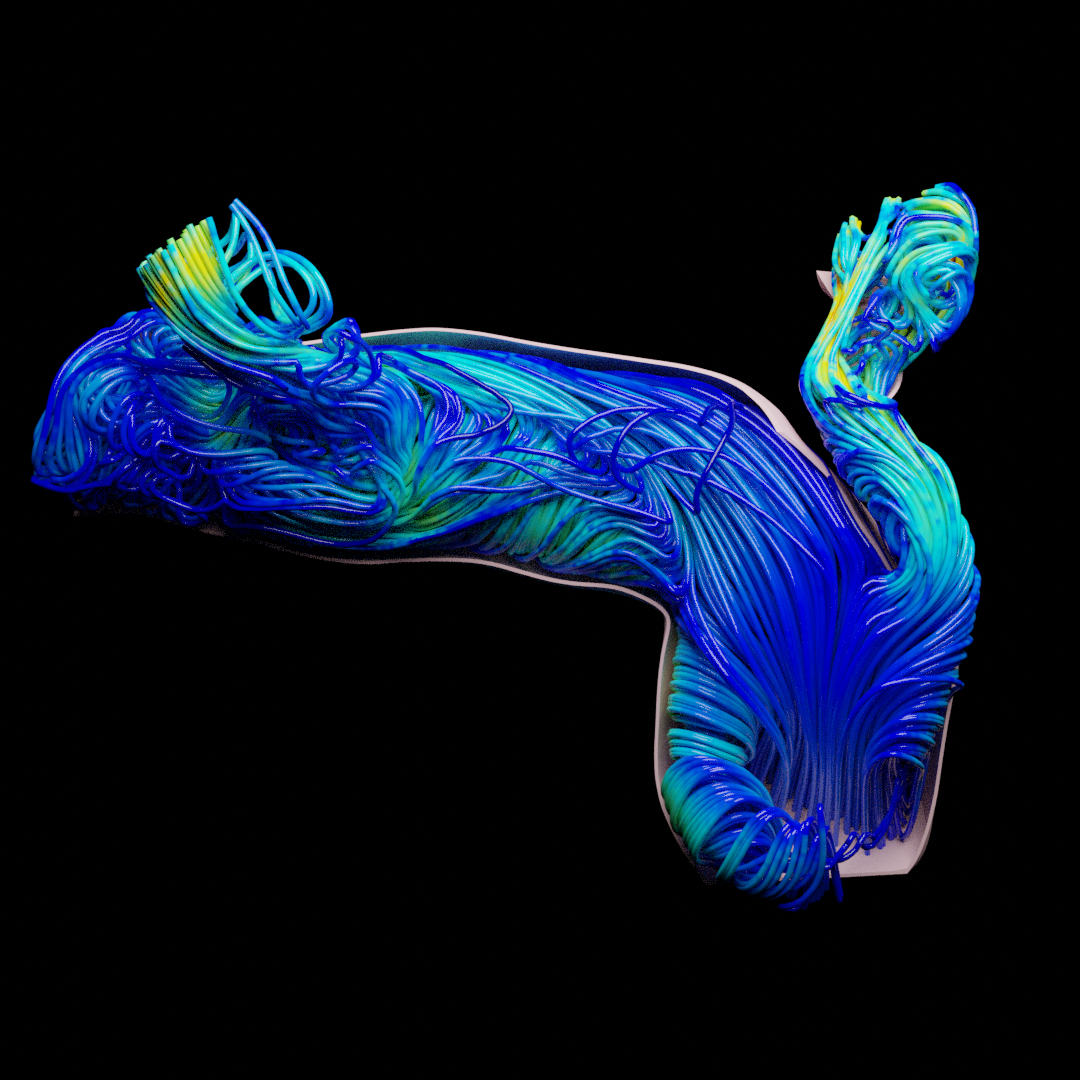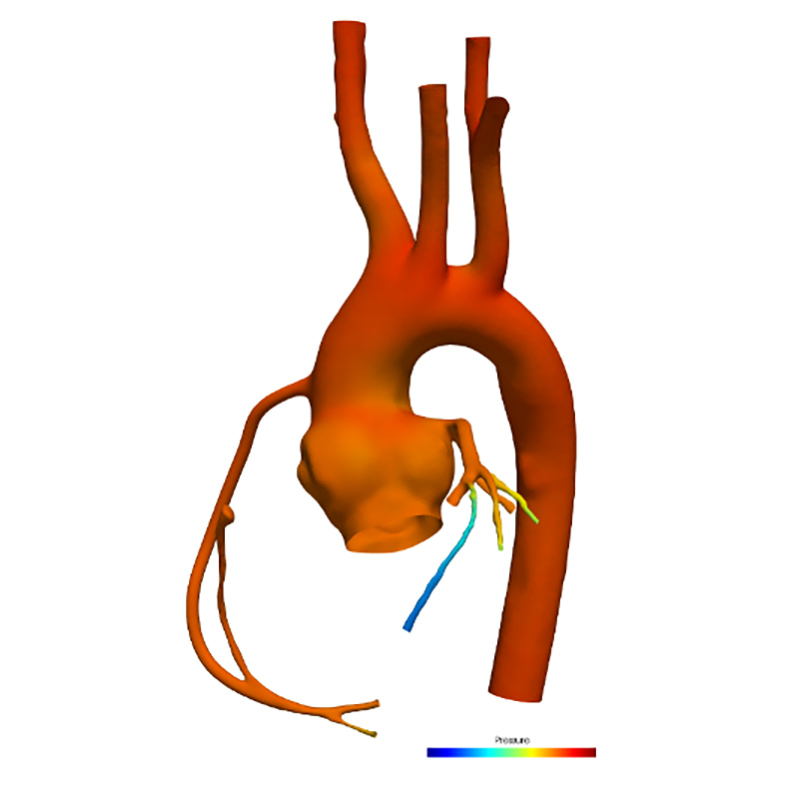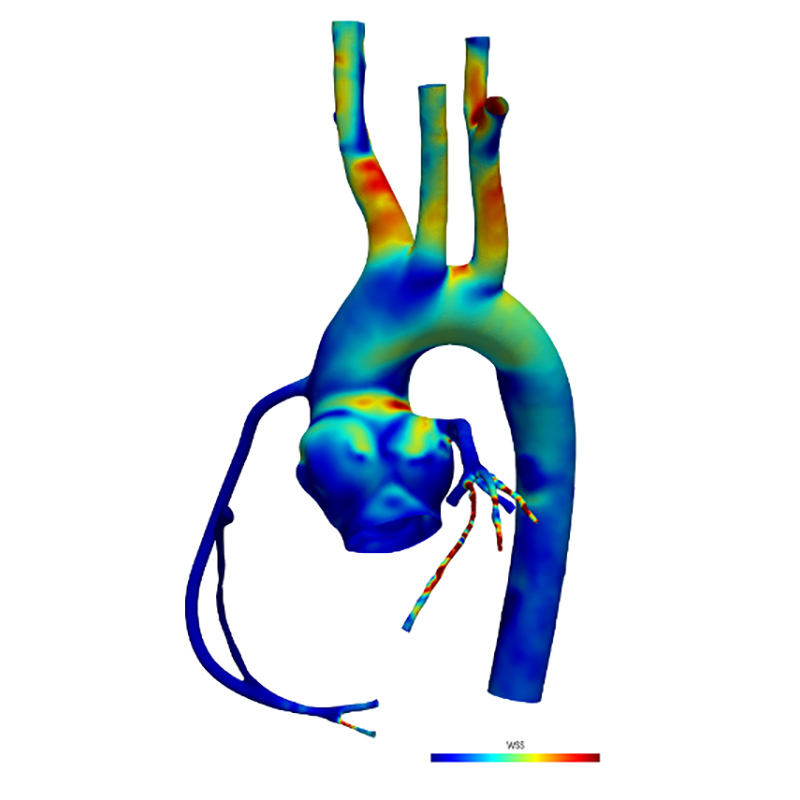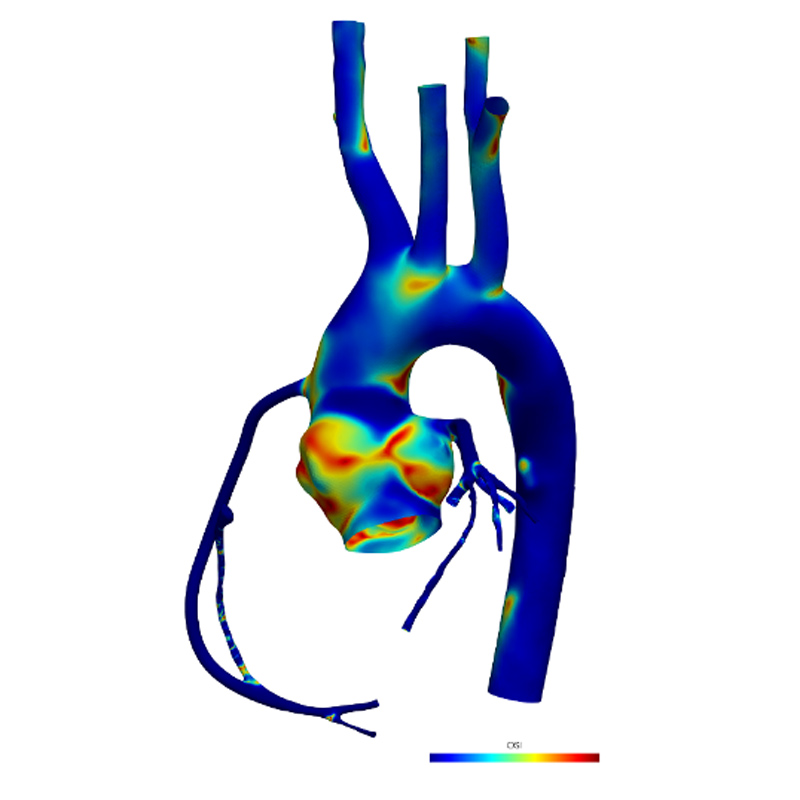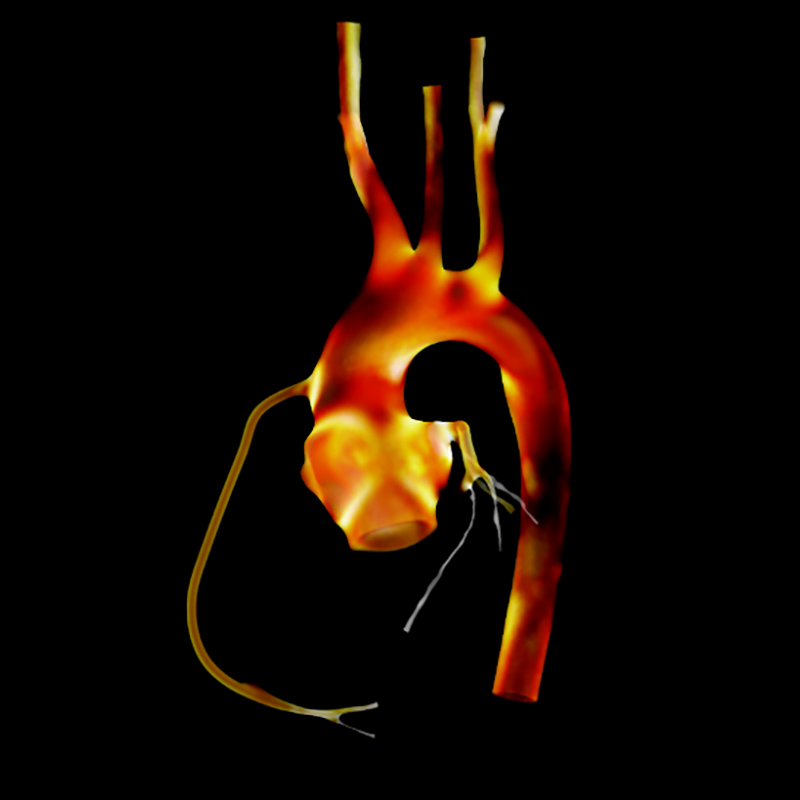Researchers/clients can order iTSimulation® service via the company’s e-mail as well as through the website https://cfd.life/en/contact. The order flow is divided into three steps to achieve the target with high quality by the deadline.
-
Step1: Case/project consultation
Researchers/clients contact Cardio Flow Design Inc. via text, email, and/or online meeting informing about the cases/projects. This process includes computerized virtual surgery for pre-post therapeutic simulation of hemodynamics. With computer graphics (CG), virtual surgery can be performed through discussion between engineers and clients, and in addition, physiological condition such as flow rate or pressure can be determined according to the clients’ requirement in our simulation system.
-
Step2: Data upload via cloud
The medical images of computed tomography (CT)/magnetic resonance imaging (MRI) machines are required in digital imaging and communications in medicine (DICOM) format from researchers/clients. These DICOM images can be uploaded to our cloud via online service or a DVD posted to the company postal address. Once the data has been uploaded, 3D vascular geometry is created with CG and following final decisions regarding the hemodynamic conditions and virtual surgery geometry, simulation process proceeds.
-
Step3: Calculation with supercomputer/tower PC
Cardio Flow Design Inc. has its own system to realize physiological pulsatile flow by solving 3D Navier-Stokes equation using its own house-made code based on finite volume method. For high performance in simulation, high-spec supercomputer/tower PC is always running at full capacity. Clients may just need to wait for a couple of days.
-
Step4: Reporting service
From the calculated results, iTSimulation® can provide any information that researchers/clients require, including 3D flow streamlines and pathlines, pressure distribution, wall shear stress (WSS), oscillatory shear index (OSI) distribution, flow rate of vessel branches and energy loss. We generally send a report (format is pptx) with videos, figures, and graphs produced from the simulation. We also provide results in ParaVIEW supported data format on request from the researchers/clients which enables them to visualize and investigate the results in space and time by themselves.




